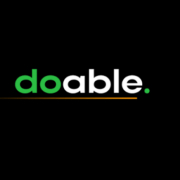Old Needs, New Technology: Imagining a More Connected Future
Old Needs, New Technology: Imagining a More Connected Future
By Ken Winell, Chief Technology Officer, Greater Than One
If you flip through history, you’ll realize that our fundamental healthcare needs haven’t changed since the year 1885. We still seek rest when we’re ill, feel pain when we overexert ourselves, and need guidance from experts on our health and wellness. But the tools we have to meet these perennial needs have shifted dramatically since the 19th century, and especially over the past decade, wherein technology has advanced faster than even the greatest Sci-Fi film producers imagined.
Many of the devices that are improving patient care today and will continue to do so in the future are those with a lingua franca; products that are user-friendly and mold around the ways people are already living their lives. Take the Apple Watch for example, which launched in 2015 and has since become an accessory worn by more than 100 million people. The Apple Watch contains biometric sensors that can monitor movements like heart rate, physical activity, and falls. The healthcare industry has taken note. Biometric devices have gotten more sophisticated and specialized for healthcare than ever before. Abbott, for example, is currently developing a biowearable called FreeStyle, which can monitor blood glucose and make the lives of diabetics easier. A similar product called Lingo is slated to be used in the future for other diseases. The sophistication of this kind of technology will doubtless open the door to customized health experiences for patients. In the future, perhaps these kinds of devices will monitor blood-alcohol, iron, or melatonin levels, cataloging data in real-time, and sending information to physicians for more efficient, accurate, and bespoke care.
Similar benefits will come from digital therapeutics, which have already gained ground in the age of Covid-19, right beside telehealth. These products, which are rigorously tested and FDA-approved, have been particularly popular in the mental health space. (Calm and Endel are two examples of note.) But digital therapeutics are expanding beyond this realm, too. A company called Cue Health has developed a new device built for Covid-19 testing. Instead of the Binax tests you get—or don’t get, in the case of sell-outs—at the pharmacy, the Cue Health test is a subscription service: another model that has echoed the consumer product market. Cue Health customers get a digital device for their homes that provides a molecular level check, rather than the usual nasal swab. It’s not only a more accurate test, but it also has the potential to outlive the pandemic, for viruses like the flu or SARS. Covid will hopefully come and go, but this is a technology that will only grow upon itself.
While much has been said about the digital landscape drawing us apart, it will ultimately be our greatest touchpoint for connection. More people today are meeting their coworkers, friends, and partners on apps and in virtual worlds than they were a few years ago. The oft-mentioned metaverse is staged to only deepen this avenue, bringing more aspects of our lives online. Gaming, where virtual reality really started, has advanced rapidly. Beyond the worlds themselves, gaming companies are creating wearables like the TactSuit, which have the potential to benefit the health and wellness worlds. There are already opthamologists at companies like Heru who are immersing patients into the metaverse to test conditions like color blindness and macular degeneration. Just imagine what virtual reality could do for medical education, where digital bodies could replace humans for training purposes.
At this point in time, we can’t predict exactly how soon these products in development and beta mode will be ready for mass use, or how long it will take them to be adopted as widely as The Apple Watch. But what we do know is that when these tools are ready for us in healthcare, they will only make the patient experience greater, and connections along the pipeline stronger.



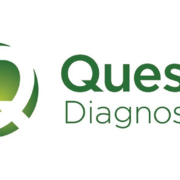
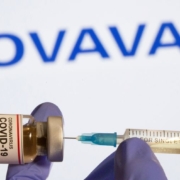


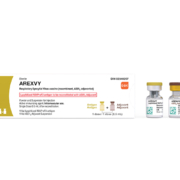
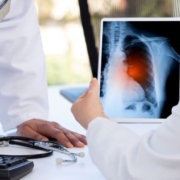 BioSpace
BioSpace